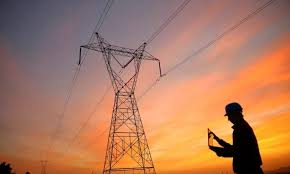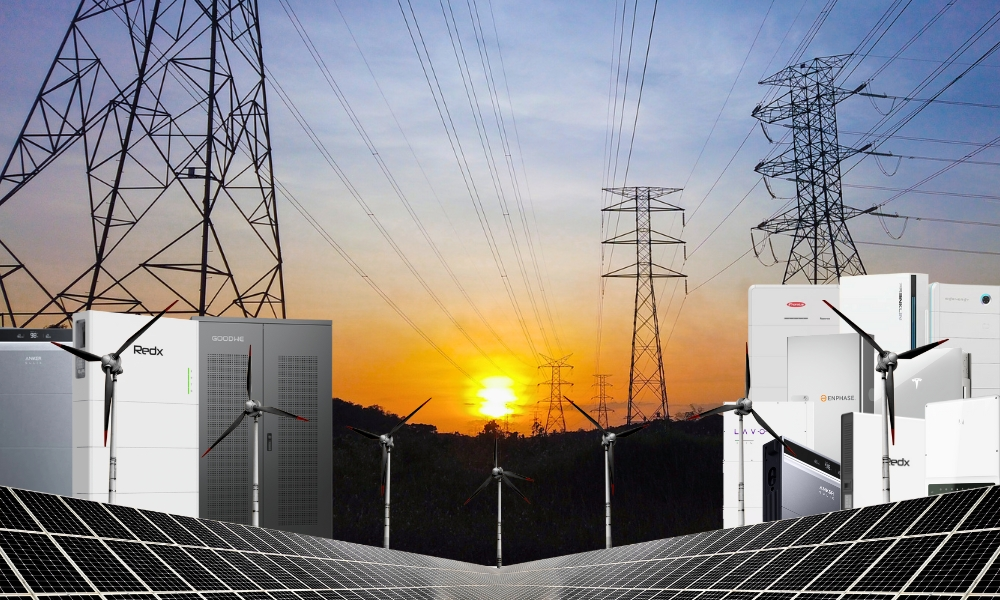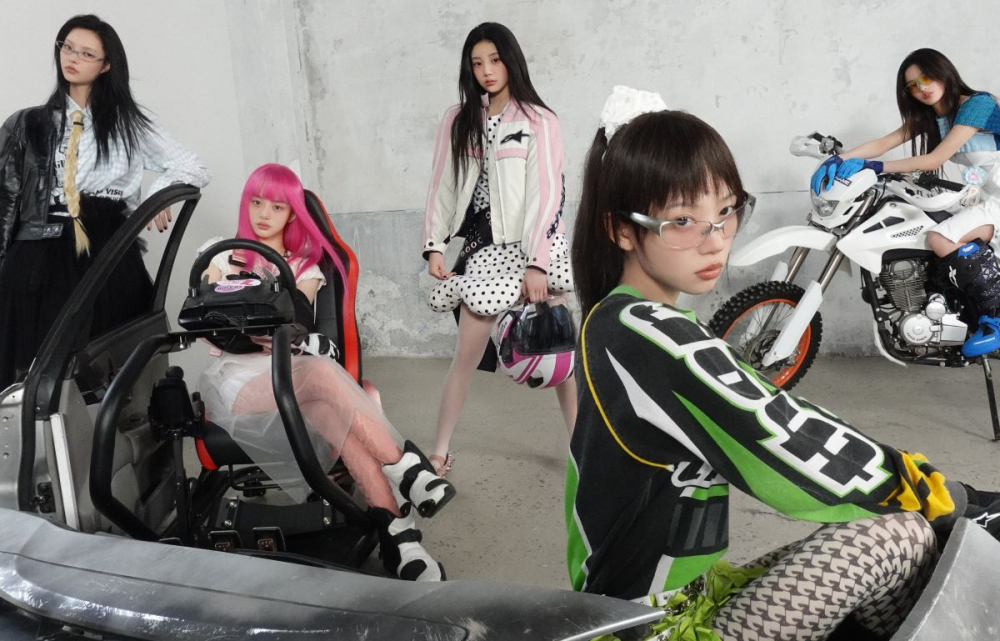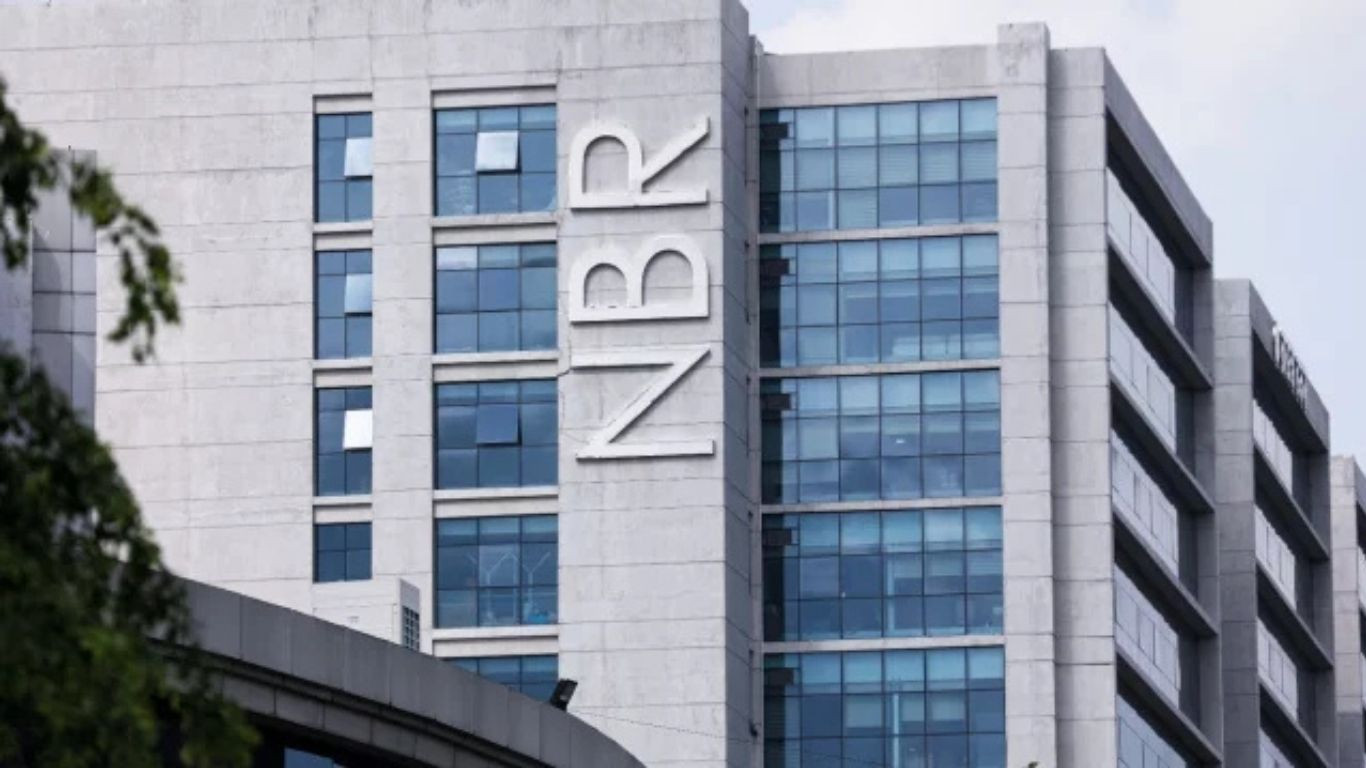AUSTRALIA’S CLEAN-POWER SURPLUS IS BEING CURTAILED—A WARNING FOR ASIA’S GRIDS

Curtailment surge and why it’s happening
Australia’s renewable boom is running into grid limits. Curtailment of wind and solar more than tripled in the first nine months of 2025 to 3.9 terawatt-hours—about 6.8% of renewable output—because transmission additions lagged new projects and large batteries are not yet at scale. Developers say some sunny, windy hours now see zero or negative prices, with grid operators ordering cutbacks to keep the system stable. Bottlenecks in Victoria and New South Wales feature prominently, as interconnectors and system-strength upgrades trail deployment. The phenomenon is a leading indicator for Asian markets adding record solar and wind: if wires, inverters, and storage don’t keep pace, clean electrons get stranded.

Fixes on the table and regional implications
Industry officials argue for a three-pronged fix. First, accelerate build-out of high-voltage lines and synchronous condensers to boost transfer capacity and system strength. Second, add utility-scale storage faster—long-duration batteries and pumped hydro that can soak midday surplus for evening peaks. Third, update market rules so flexible demand—EV charging, green hydrogen, and industrial load—can bid to absorb excess supply. For Asia, the message is clear: planning must be “grid-first,” not “generation-first.” Japan and South Korea, already facing curtailment pressures, are watching Australia’s data closely. The upside is that curtailment is solvable; the risk is political delays and cost blowouts. With electrification accelerating and coal retirements looming, using every clean kilowatt-hour becomes both an economic and climate imperative.





















